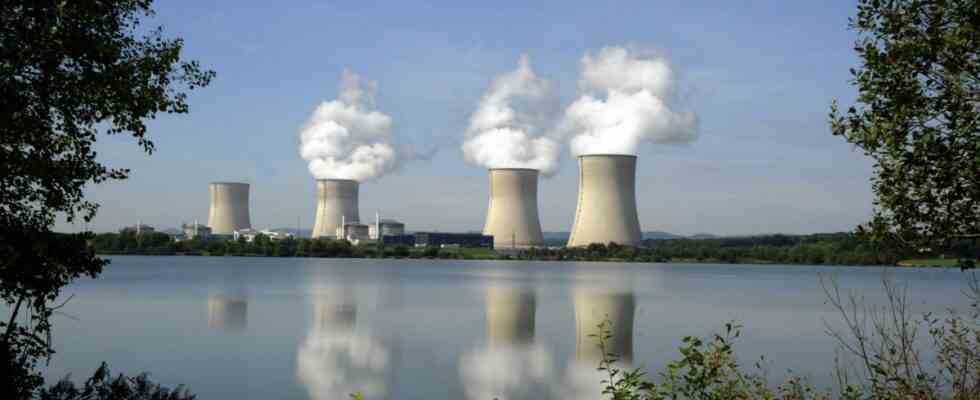The molecule of the future is already cleaner than that of the past. After all, hydrogen no longer needs to be drilled deep to bring the natural gas that has developed over millions of years to the surface, along with the climate-damaging emissions that occur during extraction and combustion. Hydrogen, the molecule of the future, is created from electricity and from water by electrolysis. It can also be used to heat, drive and – in its liquid derivatives – fly. However, the new molecule is at its cleanest when the electricity used to generate it is generated from renewable energies. It then becomes “green hydrogen”. But maybe a not-so-clean form of energy will soon be able to play its part: nuclear power. There are signs.
About in one long-awaited legislation, presented by the European Commission on Tuesday. This spells out the conditions under which hydrogen is to be considered green in the future. Green energies play a decisive role in this. Ideally, the electrolyser – as the systems used to produce the hydrogen are called – is located directly next to a wind farm or solar park and is connected to it. Or there is a direct purchase agreement between the two, a so-called “Power Purchase Agreement”, or PPA for short.
From 2028 onwards, the green electricity for green hydrogen may only come from systems that are less than three years old. The hydrogen wind farms should also be built – and in close proximity, i.e. at least in the same electricity price zone. The electricity should also be generated when the electrolyser uses it: from 2030 onwards at least in the same hour, before that in the same month.
But there are exceptions, and this is where things get tricky. The clauses that refer to the average CO2 footprint of electricity are particularly controversial: Hydrogen from areas in which less than 18 grams of carbon dioxide per megajoule occur on average should also be given the “green” label more easily. That’s good for Sweden and France, who generate a lot of electricity from nuclear power plants and, thanks to low-CO2 nuclear power, manage to break the 18-gram mark.
Can nuclear energy produce green hydrogen?
The producers of hydrogen have to conclude PPAs for green electricity here too, i.e. long-term contracts with wind farms. But when the wind isn’t blowing, producers could use nuclear energy to produce hydrogen and sell it as green. “That annoys us,” says the Federal Ministry of Economics in Berlin. “There is an attempt to declare nuclear energy as renewable energy.”
This dispute has now become a tradition between Berlin and Paris. Just over a year ago, when the Commission declared nuclear power to be “sustainable” in its taxonomy – a law on green investments – the two governments were at odds. And soon there is an even more important decision to be made: which forms of energy Europeans consider to be “green” overall. If the French government has its way, nuclear power would also help to achieve Europe’s goals for the expansion of renewable energies. For the government in Germany, where in two months the last nuclear power plants are due to go out of service, this is absurd.
The result is complicated compromises like those around the molecules of the future – which, moreover, are a long time coming. The companies are therefore happy that a decision was made at all. “A regulation that is far from perfect is better than no regulation at all,” says Jorgo Chatzimarkakis, head of the Hydrogen Europe industry association. “Finally there is clarity for industry and investors.” And Moritz Mund from the German energy association BDEW calls the criteria “anything but optimal”, but emphasizes: “It’s also about speed now.” After all, yesterday’s molecules need to be replaced quickly.

